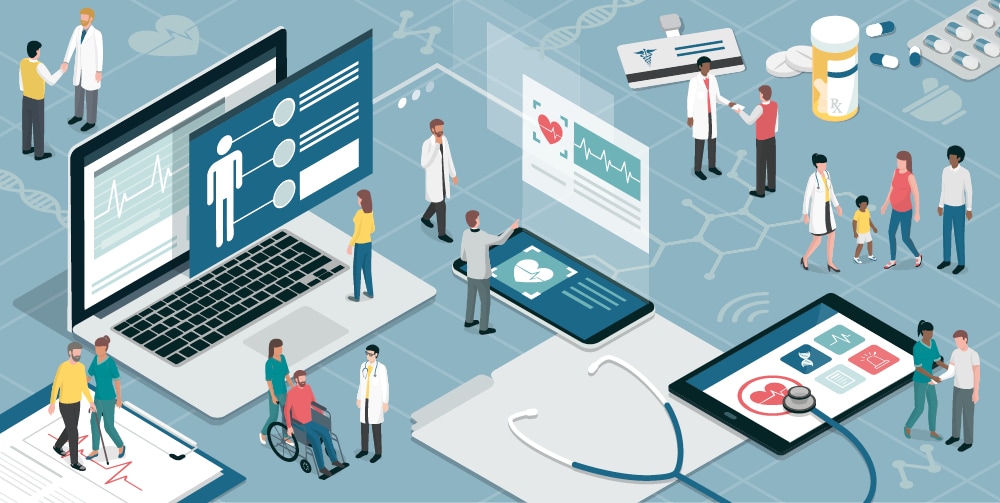Your patients don’t just come into your medical facility, get care from one provider, and leave. They:
- Find information about you online and through word of mouth
- Call or go online to make an appointment
- Interact with administrative staff, nurses, doctors, technicians, and others
- Call or go online to get tests results or make follow-up appointments
…and much more!
At each touch point, there are opportunities to please your patients – or to disappoint them. Patients need to be treated as consumers. Patient satisfaction could keep them coming back for life, while dissatisfaction could mean losing them to a competitor and gaining an upset consumer who discourages others from turning to you.
That’s where journey mapping comes in.
What is Journey Mapping?
Journey mapping lets us collect and analyze data to create a visual understanding of patients’ expectations and how well we’re meeting those expectations along the way. It can also:
- Show us where there are opportunities for us to better engage patients
- Help us market to specific groups we serve based on what we know they want
- Encourage loyalty in our patients
How Do I Create a User Journey Map?
Journey maps use personas – detailed, data-based descriptions of your target consumers. It’s important to create well-researched, robust personas before you create a user journey map. Once you’ve created personas:
- Choose your scenario and its scope. Are you looking at a patient’s lifelong battle with depression, the course of a patient’s cancer diagnosis and treatment, or a patient’s first mammogram? Journey maps can be made for all of these scenarios, but as your scope gets bigger, so does the amount of information you have to take into account.
- Choose your persona. Maybe you’re interested in learning more about how young mothers, middle-aged African-American men, or elderly rural women interact with you. Any well-crafted persona can be used for a journey map.
- Create a narrative featuring your scenario, scope, and persona. List the different points at which your persona would interact with your health system during your scenario, focusing on points at which information is shared. This will help you learn where disconnects are happening and what’s causing them.
- Collect and analyze. Use a healthcare customer relationship management (CRM) platform, along with electronic health records, to collect, organize, and analyze information from and about people who match your persona.
You may learn that appointment wait times are causing patients to find care elsewhere, or that they’re not being given the educational materials they’re supposed to get after leaving the hospital, or many other illuminating lessons about patient satisfaction. Understanding where the pain points are along their journeys can help you improve patients’ experience, ensuring that despite all their healthcare options, your health system is the only option they need.
Inspiring patient loyalty is one of healthcare marketers’ biggest goals. Contact Lightstream to learn how we can help.


